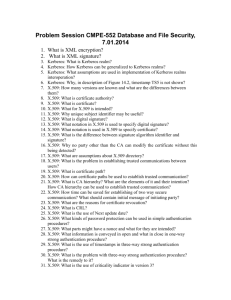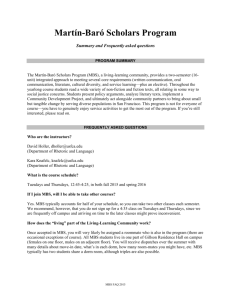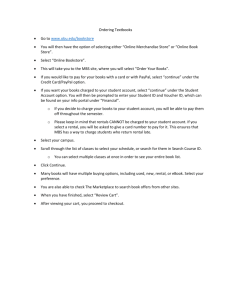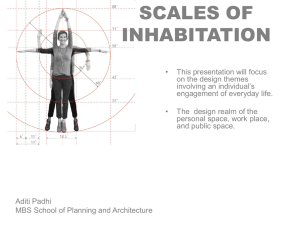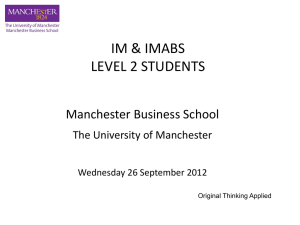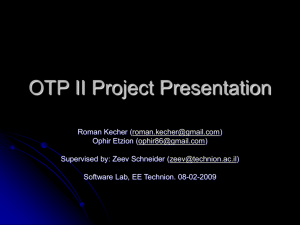Problem Session CMPE-552 Database and File Security, 19.12.2012
advertisement
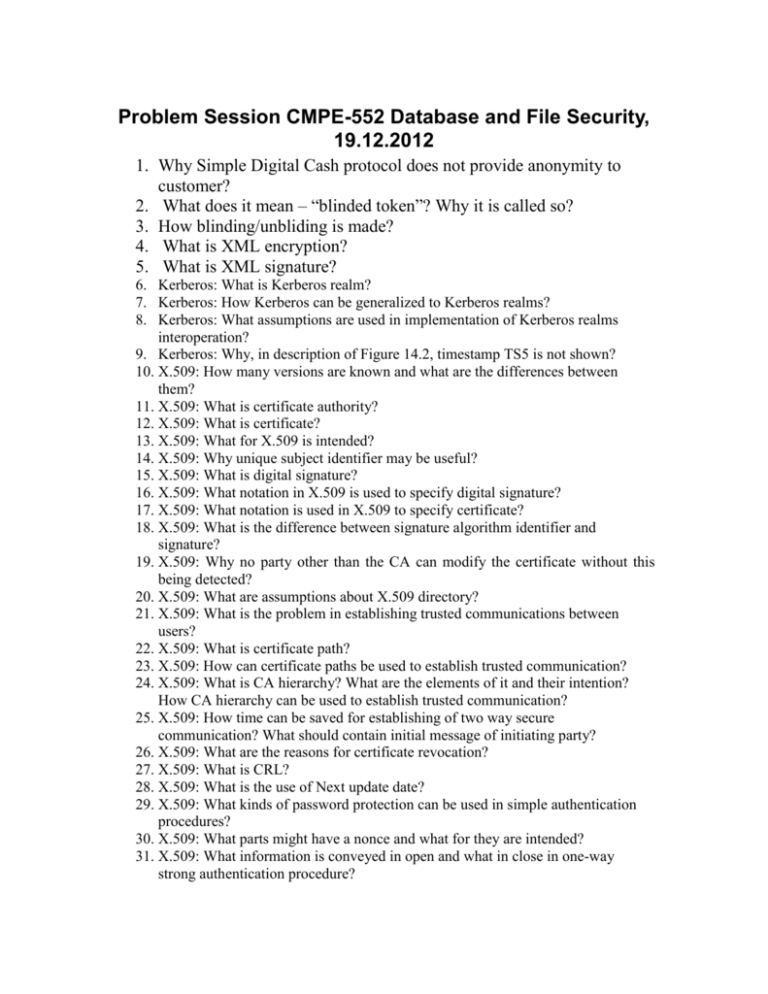
Problem Session CMPE-552 Database and File Security, 19.12.2012 1. Why Simple Digital Cash protocol does not provide anonymity to customer? 2. What does it mean – “blinded token”? Why it is called so? 3. How blinding/unbliding is made? 4. What is XML encryption? 5. What is XML signature? 6. Kerberos: What is Kerberos realm? 7. Kerberos: How Kerberos can be generalized to Kerberos realms? 8. Kerberos: What assumptions are used in implementation of Kerberos realms interoperation? 9. Kerberos: Why, in description of Figure 14.2, timestamp TS5 is not shown? 10. X.509: How many versions are known and what are the differences between them? 11. X.509: What is certificate authority? 12. X.509: What is certificate? 13. X.509: What for X.509 is intended? 14. X.509: Why unique subject identifier may be useful? 15. X.509: What is digital signature? 16. X.509: What notation in X.509 is used to specify digital signature? 17. X.509: What notation is used in X.509 to specify certificate? 18. X.509: What is the difference between signature algorithm identifier and signature? 19. X.509: Why no party other than the CA can modify the certificate without this being detected? 20. X.509: What are assumptions about X.509 directory? 21. X.509: What is the problem in establishing trusted communications between users? 22. X.509: What is certificate path? 23. X.509: How can certificate paths be used to establish trusted communication? 24. X.509: What is CA hierarchy? What are the elements of it and their intention? How CA hierarchy can be used to establish trusted communication? 25. X.509: How time can be saved for establishing of two way secure communication? What should contain initial message of initiating party? 26. X.509: What are the reasons for certificate revocation? 27. X.509: What is CRL? 28. X.509: What is the use of Next update date? 29. X.509: What kinds of password protection can be used in simple authentication procedures? 30. X.509: What parts might have a nonce and what for they are intended? 31. X.509: What information is conveyed in open and what in close in one-way strong authentication procedure? 32. X.509: What is the use of timestamps in three-way strong authentication procedure? 33. X.509: What is the problem with three-way strong authentication procedure? What is the remedy to it? 34. X.509: What is the use of criticality indicator in version 3? 35. X.509: What are the possible uses of keys? 36. X.509: What is key agreement? 37. X.509: What is Diffie-Hellman key exchange? 38. X.509: What is a primitive root? 39. OTP: What is the need for OTP schemes? 40. OTP: What is hash function chain? 41. OTP: Why only limited number of authentications is allowed by OTP schemes? 42. OTP: What is small number attack? 43. OTP: Who is authenticated to whom in Lamport’s OTP scheme? 44. OTP: What serves as one-time password of a client? Of a server? 45. OTP: Why server side password compromise is allowed? 46. MD5: What are restrictions on input message length? 47. MD5: What is the output length? 48. MD5: What is the general idea of MD5 hashing? 49. MD5: How initial message is partitioned for MD5 processing? 50. MD5: How many inputs-outputs HMD5 has? 51. MD5: How initialization of MD5 made? 52. MD5: What number is represented by A0 C1 if big- and little-endian assumptions are used? 53. MD5: How many rounds HMD5 has? 54. MD5: What are the inputs to HMD5 rounds? 55. MD5: What is the difference between HMD5 rounds? 56. MD5: What are arrays T and X? 57. MD5: What is the use of additions modulo 232 in HMD5? 58. MD5: How Boolean functions defined by Table 12.1 are applied to 32-bit words? 59. MD5: What is the range of numbers in T? Why? 60. MD5: Get analytical representation of the function I in Table 12.1 61. MD5: Show that 3 is actually a permutation 62. DBControl: How can be limited privileges propagation? 63. DBControl: What is Bell-LaPadula model? 64. DBControl: What is *-property? 65. DBControl: How database schema is extended to comply with multilevel security model? 66. DBControl: How TC value is calculated? 67. DBControl: What is apparent key? 68. DBControl: What are restrictions on apparent key? 69. DBControl: Why poly-instantiation may be required? 70. DBControl: What is filtering?
